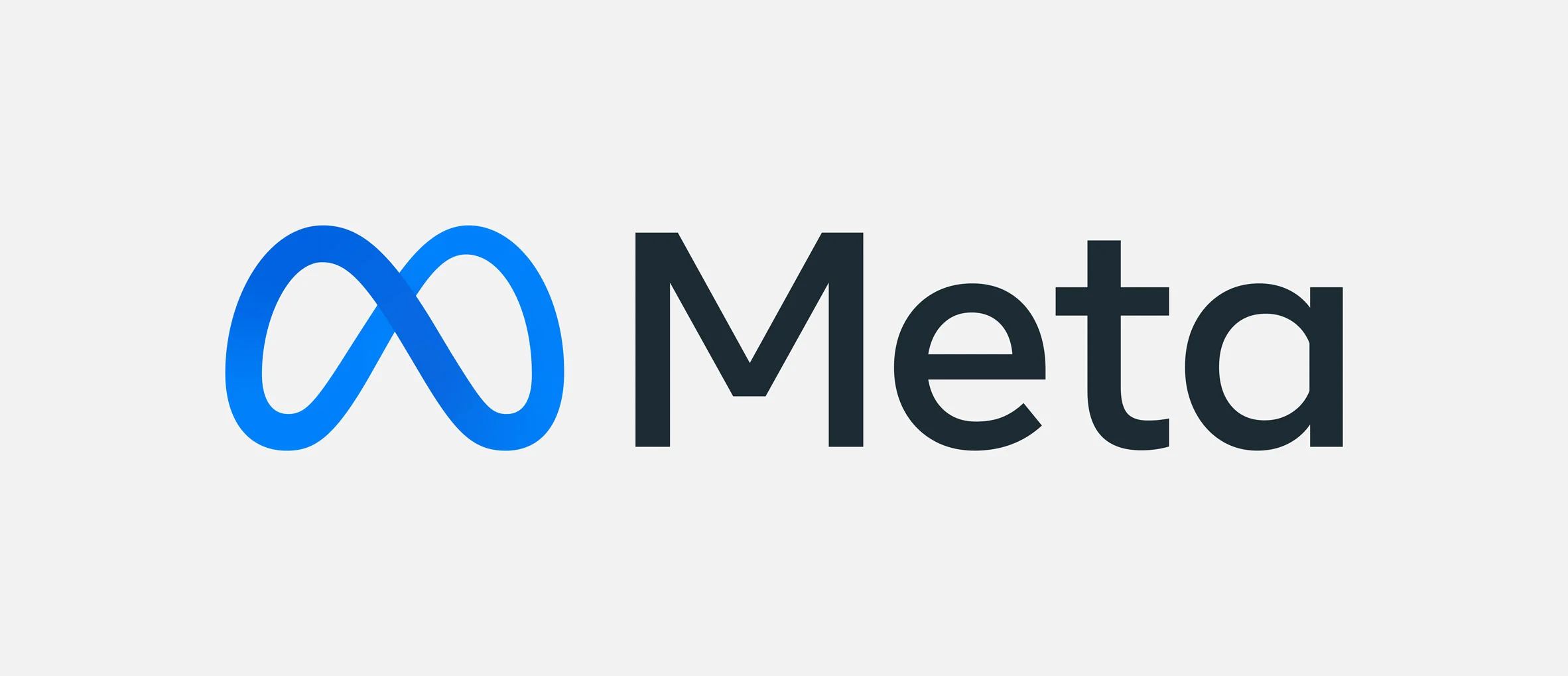Do You Need Both SEO and SEM?

Maximizing Digital Visibility: Understanding the Nuances of SEO and SEM
In the ever-evolving digital landscape, mastering the intricacies of SEO, SEM, and digital marketing services is crucial. But what sets them apart? Let’s delve into these essential terms, explore their distinctions, and uncover how they can collaborate to elevate your online presence.
SEO vs. SEM: Deciphering the Distinctions
The “SE” in both SEO (Search Engine Optimization) and SEM (c) might seem identical, yet they serve distinct purposes. Everything related to search engines falls under the SE umbrella, encompassing factors like traffic quality and quantity. To clarify further, consider the daily 3.5 billion Google searches worldwide. Google search results present a blend of paid and organic listings. SEO focuses on attracting organic traffic, while SEM leverages paid search ads.
Navigating the realm of digital marketing can be bewildering when pondering SEO vs. SEM. However, by the end of this discussion, you’ll have a firm grasp of both, including their synergistic potential. Let’s begin with the basics.
Unveiling SEO: The Art of Optimization
Optimization is the cornerstone of SEO. This process aims to enhance a website’s or online content’s visibility in Google’s search results. The key divergence between SEO and SEM is that SEO strives to organically improve a website’s ranking. Imagine a scenario where someone searches for “glazed donuts.” In this instance, their intent may involve seeking a donut shop, recipes, or ingredients.
Suppose you’re a restaurant owner or a food blogger. In that case, it’s imperative to optimize your website or content to align with the user’s search intent. This strategic approach enhances your prospects of securing an organic top-ranking position, without the need for paid advertisements.
To unlock the potential of SEO and boost your online traffic, it’s crucial to explore three pivotal avenues:
1. On-Page SEO
On-page SEO revolves around optimizing your content. This entails embedding relevant keywords, consistently producing high-quality content, crafting effective metadata with rich keywords, and structuring your content for user appeal.
2. Off-Page SEO
Off-page SEO extends beyond your website. It involves building valuable backlinks and fostering content that others are eager to share. While demanding effort, off-page SEO plays a vital role in determining your SEO success.
3. Technical SEO
As the name implies, technical SEO addresses website elements unrelated to content. This encompasses structured data, site crawlability, load speed, and mobile-friendliness.
To delve deeper into the intricacies of PPC and SEO, consider reading this insightful article on the topic: PPC vs. SEO: Which is the Best Digital Marketing Strategy for Your Business. Understanding how search engines operate is fundamental to constructing a robust, long-term SEO strategy. Our primary objective is to equip you with a comprehensive understanding of optimizing your content to attain higher rankings on Google, drawing more traffic to your web pages and blogs.
Unpacking SEM: The Power of Marketing
Marketing is the driving force behind SEM, serving as the paid counterpart to SEO. SEM encompasses various paid search advertising models. Pay-per-click (PPC) is a common strategy, where advertisers pay each time a user clicks on their ad. The aim is to attract users actively seeking solutions, products, services, or information, driving leads, sales, and brand visibility.
SEM ads frequently appear at the top of search results and rely on effective keyword selection and strategic placement. SEM encompasses various formats, including text-based ads and visual ads, such as shopping ads or product listing ads (PLAs).
The primary advantage of SEM is its ability to swiftly connect you with users actively seeking your offerings. It’s the express route to drive clicks and conversions. Once you initiate your paid ad campaigns, you can fine-tune and optimize them to ensure you achieve your desired traffic and results.
In essence, SEO and SEM are not interchangeable but can coexist harmoniously to target audiences on platforms like Bing or Google.
Key Distinctions Between SEO and SEM
While both SEO and SEM aim to generate web traffic, their differences are pivotal. These distinctions revolve around the types of search results they target, the timeframes for delivering results, and their associated costs.
1. SEO and SEM Target Different Search Results
SEO and SEM share the overarching objective of increasing an organization’s visibility on search engines. However, their approaches differ. SEO centers on optimizing web pages to enhance their rankings in organic search results, relying on factors like title tags, content quality, mobile-friendliness, backlinks, and site speed.
On the other hand, SEM employs paid advertisements to secure top positions in search results for relevant keywords and phrases. This includes search ads and shopping ads, both of which operate on a pay-per-click model.
2. SEO Takes Time, SEM Offers Speed
SEO is a gradual, long-term strategy that may take months to years to yield significant ranking improvements. In contrast, SEM can boost web traffic within hours of campaign launch.
SEO involves creating high-quality content, accumulating backlinks, and ensuring a positive user experience, all of which demand time. SEM, on the other hand, generates immediate results, provided you’ve prepared your landing pages and conducted effective audience research.
3. SEO Requires Upfront Investment, SEM Incurs Ongoing Costs
While SEO doesn’t directly cost money per engagement, it necessitates substantial time and effort. Investing in content creation, SEO strategists, and tools is often essential, with results typically taking months or years to offer a return on investment.
SEM, in contrast, entails upfront expenses for ad placements and clicks. However, it can swiftly generate traffic. When the campaign budget depletes, visibility decreases to pre-campaign levels.
Harmonizing SEO and SEM for Optimal Impact
Although SEO and SEM may seem similar, they offer different approaches to enhancing SERP visibility. Both strive to drive relevant traffic, which can stem from either organic or paid sources. To succeed in either SEO or SEM, a deep understanding of your target audience is paramount. Keyword research plays a vital role in identifying search terms that resonate with your audience and niche.
Harnessing tools like Ubersuggest for keyword research can provide valuable insights into trending terms, search volumes, competition, and seasonal trends. This data, grounded in actual user queries, empowers you to refine your strategies and stay competitive.
Choosing Between SEO and SEM
The decision to prioritize SEO or SEM hinges on your digital marketing objectives and budget constraints. If you have a limited budget and require quick results, SEM is the go-to option. On the other hand, if you can afford to wait for long-term gains, SEO is the preferred route. SEO’s effectiveness escalates as you invest in high-quality content and link-building strategies, ultimately bolstering your page authority.
Leveraging SEM for Rapid Results
A deep dive into SEM reveals that launching and testing ad campaigns is the key to determining their performance. Effective SEM management demands ongoing refinement and adjustment. Factors like ad copy, keyword combinations, and landing pages can significantly impact results. To maximize the benefits of SEM, maintain a well-organized monthly budget for meticulous tracking and optimization.
SEM’s speed advantage makes it ideal for organizations with all the essential components in place. It allows you to outperform competitors and secure conversions from potential customers.
In summary, both SEO and SEM demand continuous evaluation, testing, and refinement for enduring success. They are not “set-it-and-forget-it” strategies.
Frequently Asked Questions (FAQs)
1. Is SEO or SEM better?
The choice between SEO and SEM depends on your specific goals. If you have an upcoming sale or need rapid results, SEM may be the better option. For long-term growth and value, SEO is the preferred strategy. In many cases, using both in tandem offers a powerful means to attract and convert your target audience.
2. What is the difference between SEO and SEM?
The primary difference lies in their approach to search engine visibility. SEO relies on organic, free techniques to enhance rankings, while SEM leverages paid advertising for immediate results. SEO’s value increases over time, whereas SEM’s visibility is tied to active campaigns.
Conclusion: A Symbiotic Approach for Digital Success
Now that you grasp the nuances of SEO and SEM, the choice between the two becomes clearer. SEO paves the path to lasting website value, while SEM accelerates your SERP rankings and delivers swift traffic improvements. Yet, remember that employing both SEO and SEM within your digital marketing strategy is a potent strategy. SEO forms the foundation of your organic efforts, while SEM, including PPC, supplements your paid tactics. Embrace their combined power to gain a formidable competitive edge in the dynamic digital landscape.
As you embark on your journey to digital prominence, consider what you find most important in SEO and SEM. How do you plan to harness their synergy to your advantage? These are the questions that will shape your strategy and lead you to success in the ever-evolving digital world.











